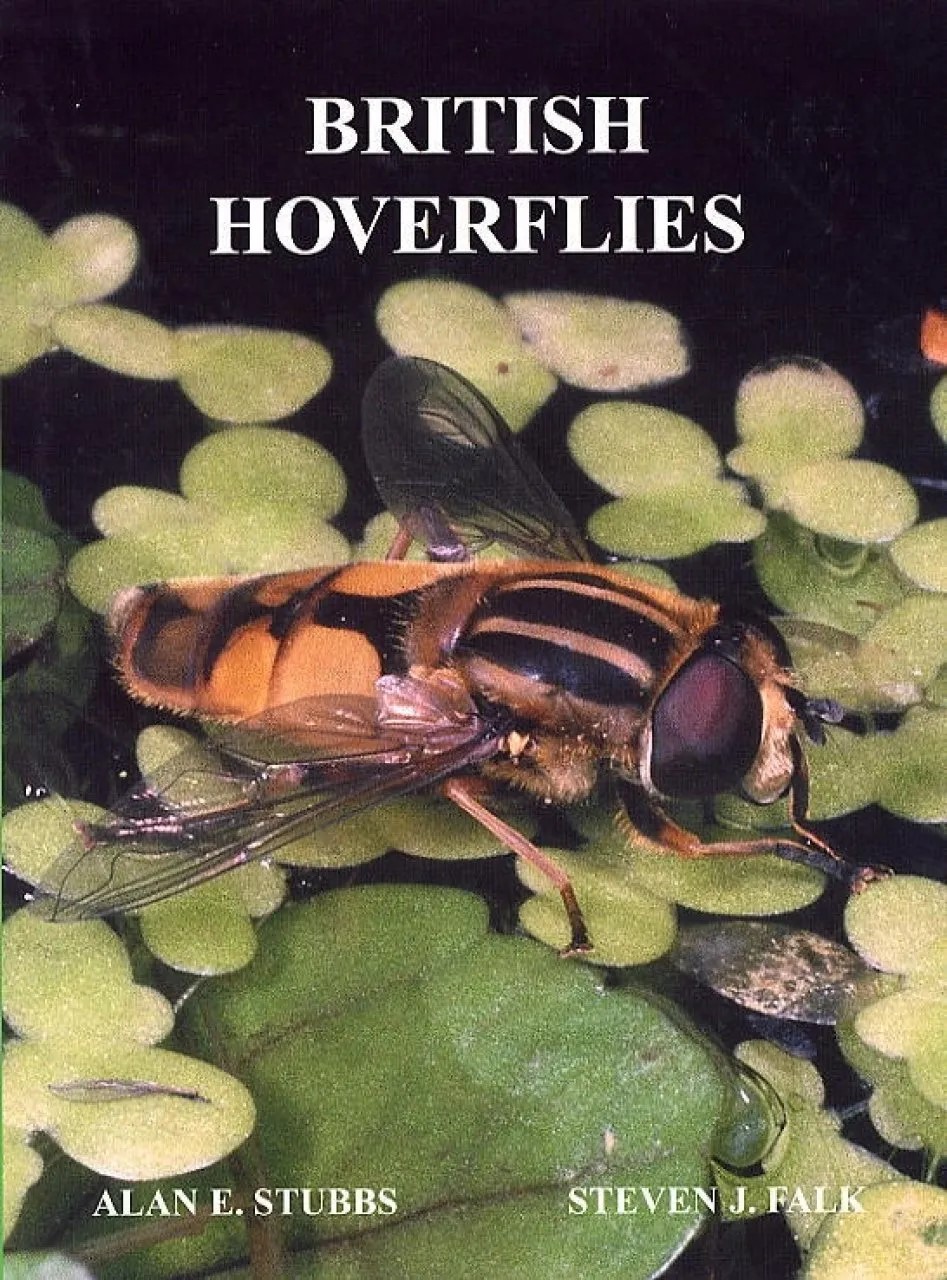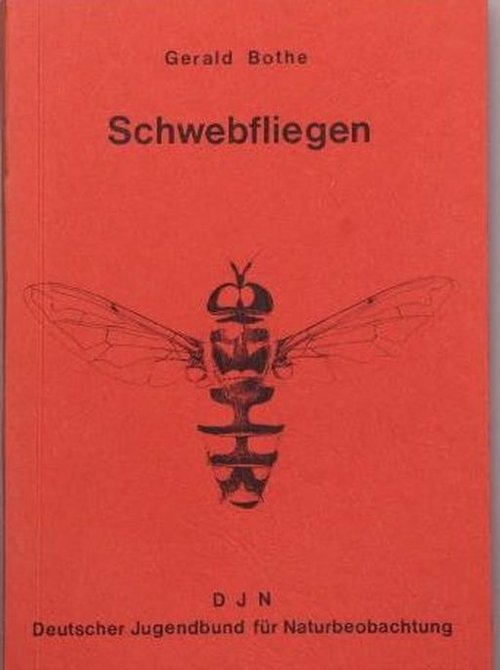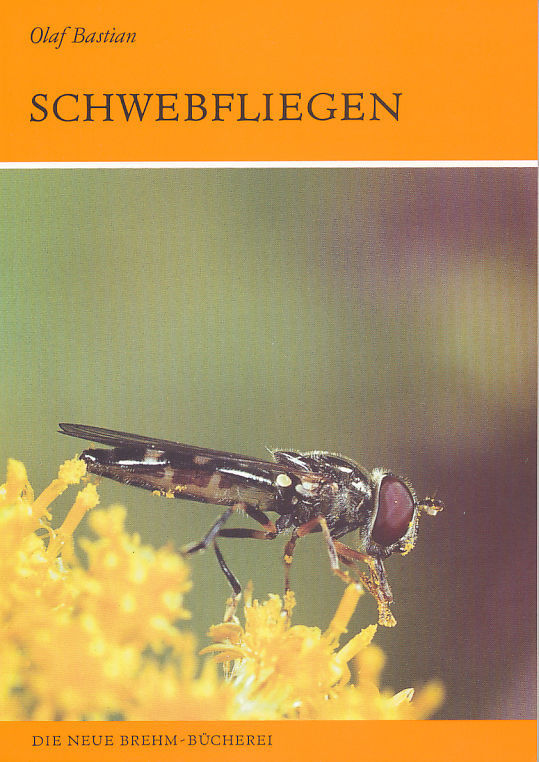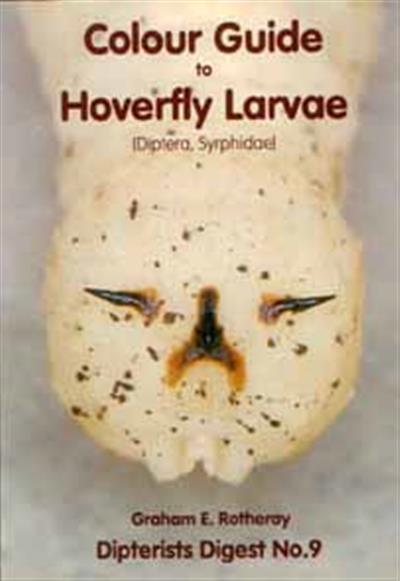Syrphidae identification resources part 2: Identification
(focus: Germany/ Europe, Version auf Deutsch: Link unten auf der Seite, allerdings weniger ausführlich!)
Identification (Advanced)





For a general introduction, see previous blog post
Van Veen, Mark (2004): Hoverflies of Northwest Europe. Identification keys to the Syrphidae. KNNV Publishing
Very good but partly a bit more complicated and rather not recommended for beginners; many species identifiable, with 500 species almost two thirds of the European species (which of course also means that the key is a bit more complicated, because in the identification process many species have to be excluded, which might not actually be worth considered). Not for the Alpine region (northwestern Europe only). [based on Van der Goot, which is based on Stachelberg; neither listed here].
Stubbs, Alan and Falk, Steven (2002): British Hoverflies. An Illustrated Identification Guide. British Entomological and Natural History Society.
Detailed key with large drawings, color plates of imagines, and genital plates for identification of more difficult groups (Cheilosia and Spaerophoria). In the key, -often spot features and other highly visible features are used. The 276 species known for GB at the time of publication of the book are determinable with the book.
Bot, Sander and Van de Meutter, Frank (2019): Veldgids Zweefvliegen. KNNV Uitgeverij [in Dutch]
Field identification book of the hoverflies of the Netherlands and Belgium. 384 species are presented, with description, ecology, distribution and very good pictures (With photos of males, switches and important details relevant for identification for each species). The book is in Dutch, but recommended even with no/low knowledge of Dutch, as it can be used like a small reference collection. The Key which is included uses macro-photos as well (instead of drawings).
-> -> NEW: New book this year: Sander Bot , Frank Van de Meutter (2023): Hoverflies of Britain and North-west Europe [in English]
Finally the translation plus upgrade (regarding the region that is covered) of the Veldgids Zweefvliegen, that I already mentioned above.Field identification book of the hoverflies of the North-West Europe. Almost 400 species are presented, with description, ecology, distribution and very good pictures (With photos of males, switches and important details relevant for identification for each species). The book can be used like a small reference collection. The Key which is included uses macro-photos as well (instead of drawings), hence nice to use in combination with Van Veen ( Hoverflies of Northwest Europe).
Speight, M. (2011): Species Accounts of European Syrphidae (Diptera): Syrph the Net, the database of European Syrphidae.
Mapping of the European hoverfly species. From the Syrph the Net database also good up-to-date identification keys are available.
Bartsch, Hans (2009): Nationalnyckeln till Sveriges flora och fauna. Tvåvingar: Blomflugor (Volume 1: Syrphinae Volume 2: Eristalinae & Microdontinae).
Very good, large drawings for identification, summaries in English (otherwise in Swedish).
Hoverfly folder by Steven Falk on Flickr : Very well sorted gallery with good short introductory texts to genus and species and great photos: https://www.flickr.com/photos/63075200@N07/collections/72157629600153789/
Specific species differentiation:
Eumerus strigatus/sodgianus/narcissi in comparison, by Falk:
https://www.flickr.com/photos/63075200@N07/52471142016/in/album-72177720303355906/
Xanthogramma species in Europe: https://www.inaturalist.org/journal/carnifex/38160-xanthogramma-species-in-europe by @carnifex
identification literature recommendations in German on the website of the DJN: https://www.naturbeobachtung.de/naturkunde/bestimmungsliteratur-emfpehlungen




.png)











